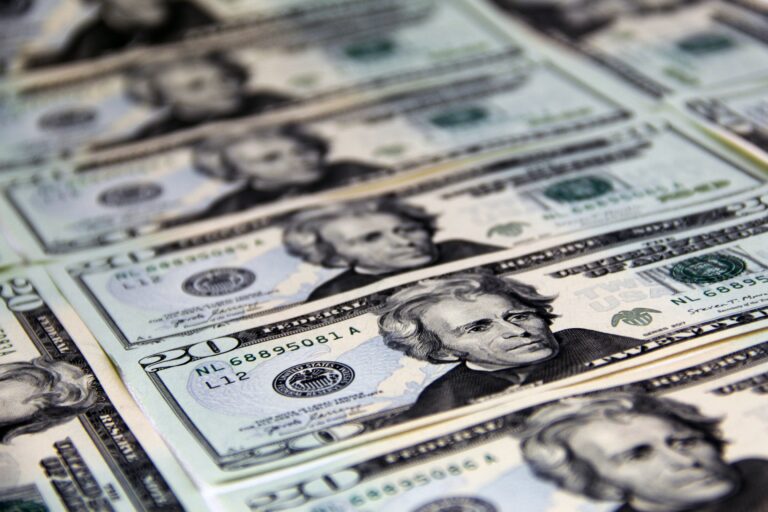
Morning Brief – Preparing for Parity
EURUSD broke through 1.02 yesterday during a punishing week for the Euro. The path now looks relatively open for a test of parity and most participants expect at least a temporary touch of 1:to:1. Having started the year in the mid-teens in this currency pair, the strengthening of the Dollar over the Euro has been rapid. So if everyone now has 1:1 in their sights or at least recognises it as a possibility, how do we get there, and what will happen if we do?
Support for the Dollar remained strong yesterday after significant USD demand on Tuesday drove the currency pair below recent cycle lows. The catalyst for the major price adjustment earlier this week was a factor of pricing in a greater probability of recession in the Eurozone and the publication of the Federal Reserve’s June minutes. These minutes showed that the Federal Reserve was likely even more committed and willing to front-load monetary tightening if inflation does not come under control. This pushed the yield in shorter-dated contracts for US Treasuries higher and yesterday created yield curve inversion in the US.
So what could sustain these dynamics further to drive the EURUSD pair to 1.00 and below? Firstly, from a data perspective the week is very much not over. Today, trade data and initial jobless claims will be published for the United States. These will be followed up by the closely watched non-farm payrolls tomorrow. US Dollar trading dynamics are likely still in a paradigm where better than expected labour or trade data will be read as a bad thing and drive more defensive demand into the Dollar. Strong jobs and trade numbers could therefore be one credible route to parity this week. An external downturn in risk appetite could also be a significant driver of any move to parity. This could be headline driven or spillover from other asset classes such as equities or commodities. Lastly, we can see also from positioning data that the speculative portion of the market has significant room to add to short EURUSD positions and drive the pair lower without fear of a squeeze. Activity from hedge funds and other speculators could therefore be a significant factor in or reason for a move to 1:1.
So there’s the how, but what happens if/when we get there? 1:1 is the strongest psychological level you could imagine. For recent examples of how a currency pair reacts as it flirts with 1:1 see USDCHF in May and June this year. The options market has already given us some signal of where the rate could fall to if parity is broken with tail risks around 0.975 and 0.95. If the EURUSD market does reach 1:1 it will not be smooth trading. Demand and supply have not been tested below 1:1 and the combination of volatility and under-developed order flows below these levels could result in large gaps in prices with entire chunks of cents missed out between prices. Prices could therefore gap-lower quickly and accentuate losses for the Euro in the short-term.
Discussion and Analysis by Charles Porter

Click Here to Subscribe to the SGM-FX Newsletter
Related Insights

Daily Brief – Weren’t Tariffs USD Negative?
Weren’t Tariffs USD Negative? The Dollar proved sensitive to headlines regarding trade during the US overnight session. However, contrary to what many commentaries would have you believe, as the risk of tariffs escalated the Dollar rose. The 90-day pause following Trump’s April ‘liberation day’ tariffs had been set to expire this coming Wednesday. To the […]

Daily Brief – Weak foundations
Weak foundations After a rally of around 15% year to date, there is significant cognitive and technical room for consolidation within EURUSD. Implied volatility has been rising given the macroeconomic backdrop that markets have encountered this year. Even within such an environment, a 15% rally in the market’s most traded instrument is still enormous. But […]

Daily Brief – Dollar Reserves
Dollar Reserves With the passing of Trump’s original deadline for the reimposition of liberation day tariffs yesterday, markets have breathed a sigh of relief. July VIX futures continued to slide lower. Moreover, what may surprise anyone who had been expecting the issue of tariffs to resurface following the passing of Trump’s new deadline, so too […]



 Charles Porter
Charles Porter